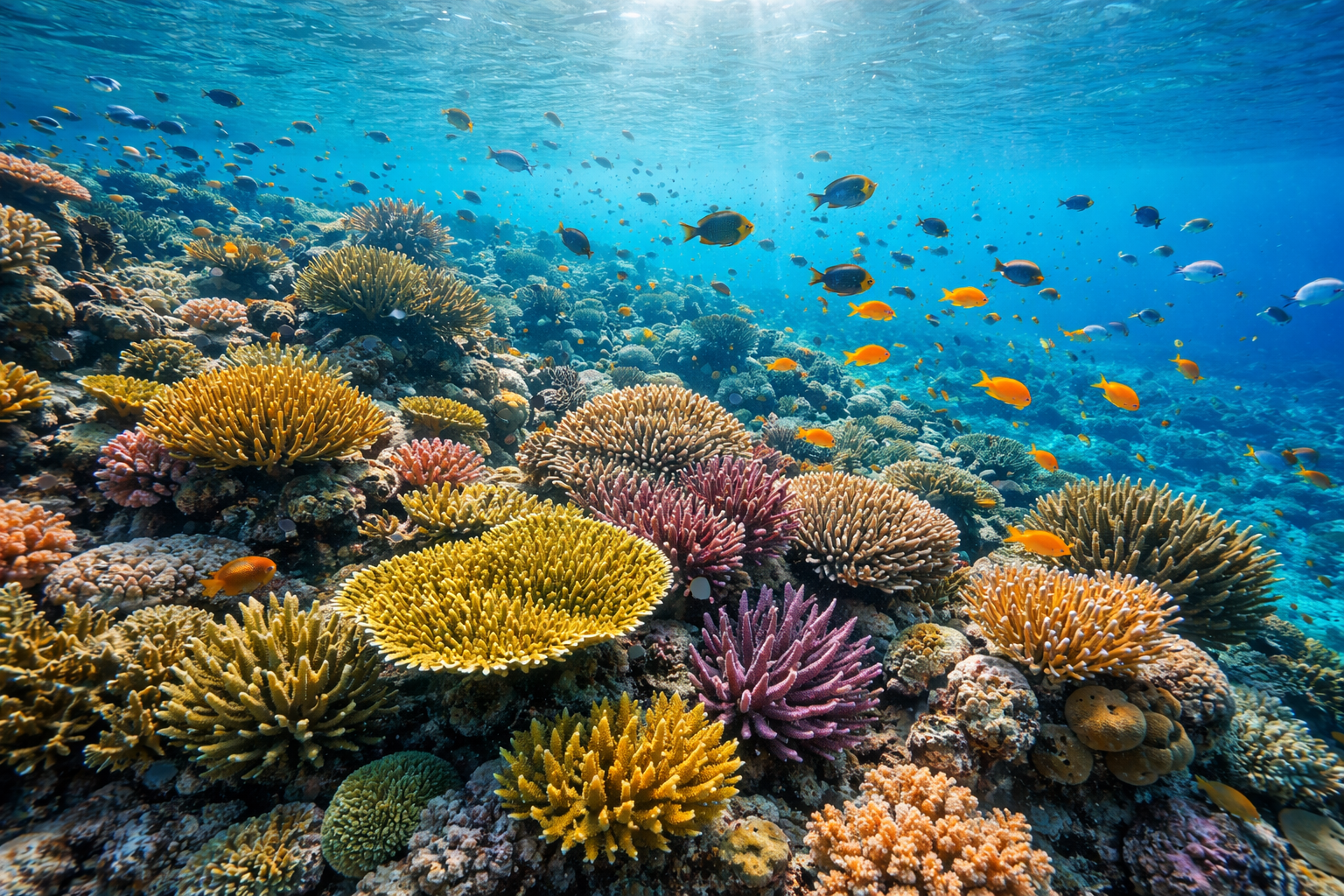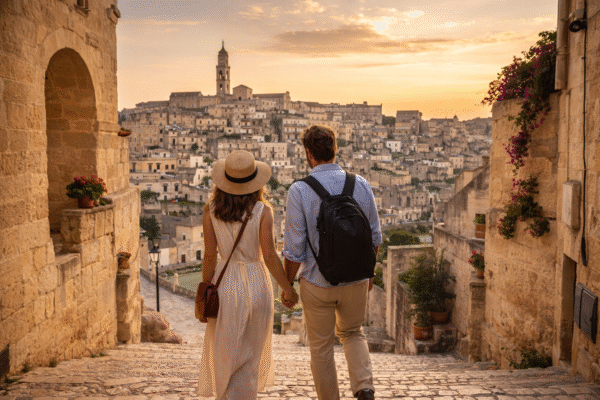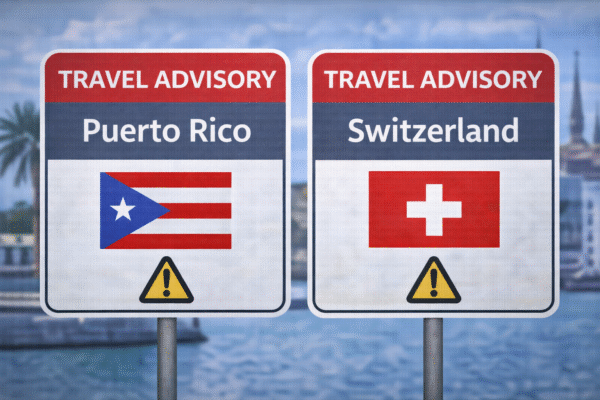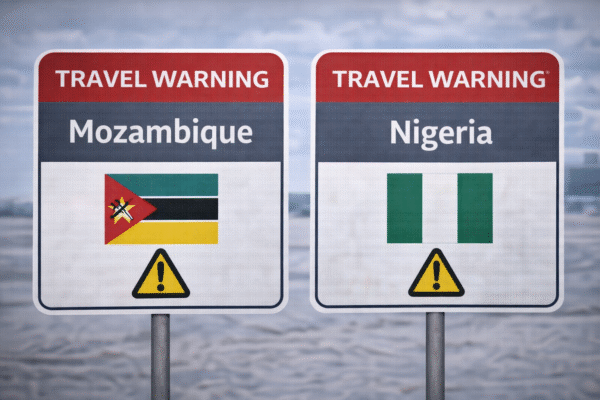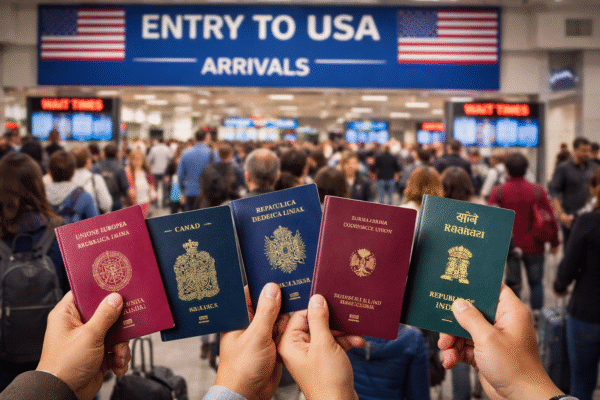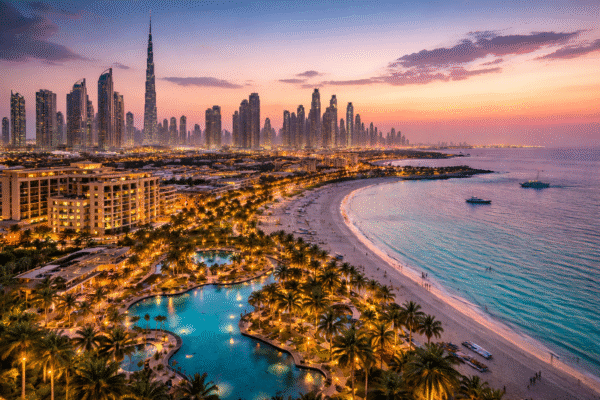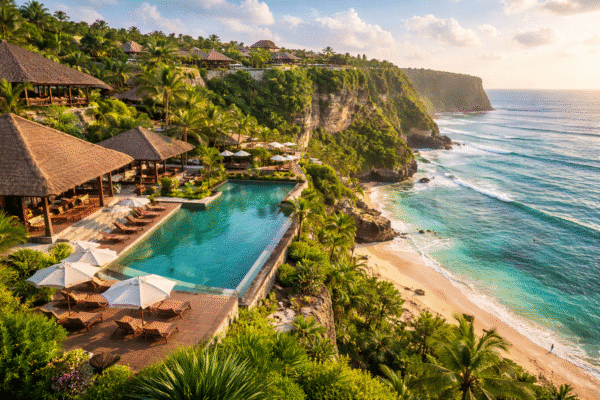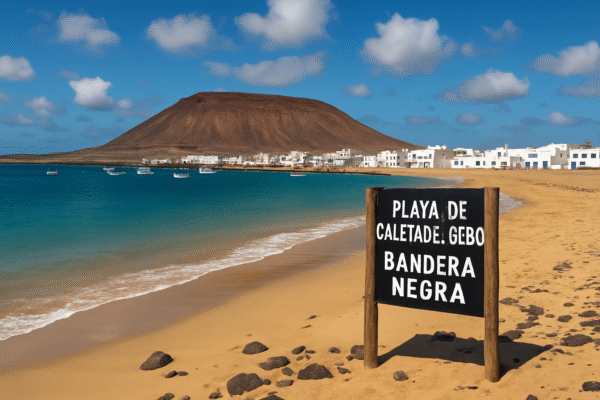La Graciosa, the smallest inhabited island in Spain’s Canary Islands archipelago, is facing an escalating environmental crisis. With fewer than 720 residents but more than 300,000 visitors arriving each year, the island has reached a breaking point. In a stark warning, Ecologistas en Acción, a leading Spanish environmental watchdog, has raised black flags for two of La Graciosa’s most iconic beaches—Playa de Caleta de Sebo and Playa de la Francesa—due to critical levels of pollution.
These black flag warnings, part of Spain’s annual “Banderas Negras” (Black Flags Report), highlight the toll mass tourism is taking on fragile ecosystems. What was once an untouched paradise just across the Strait of El Río from Lanzarote now risks losing its natural charm to unchecked human pressure.
Playa de Caleta de Sebo: The Heart of the Island at Risk
Playa de Caleta de Sebo, located in the island’s main fishing village, is both the social hub and now the most polluted beach. Local reports cite mounting waste from ferry traffic, recreational boating, and beachgoers who often leave trash behind. Plastic bottles, cigarette butts, and food wrappers are common sights along the shoreline.
With limited waste management infrastructure, Caleta de Sebo struggles to handle the daily influx of tourists. Unlike larger islands in the Canaries, La Graciosa lacks advanced sewage systems, making pollution harder to manage. The environmental report warns that without swift action, the beach’s “poor state of conservation” could worsen, threatening marine biodiversity and local livelihoods tied to fishing and eco-tourism.
Playa de la Francesa: Paradise Under Pressure
Just a short distance away lies Playa de la Francesa, a crescent-shaped beach famed for its crystal-clear waters and snorkeling opportunities. But behind its postcard-perfect beauty, the beach is buckling under the weight of catamaran excursions and day-trippers. According to Ecologistas en Acción, excessive noise, litter from picnics, and irresponsible water sports are eroding its delicate balance.
The beach’s dunes and seagrass meadows, crucial habitats for nesting birds and marine life, are being trampled by unchecked tourist activity. Locals say Playa de la Francesa has gone from tranquil escape to overcrowded hotspot, echoing the broader overtourism challenges facing the Canary Islands.
The Silent Killer: Overtourism
Overtourism has become La Graciosa’s most urgent challenge. The island was officially declared Spain’s eighth Canary Island in 2018, drawing international attention and fueling a tourism boom. However, with no roads beyond sandy tracks, no large hotels, and limited fresh water, the island is ill-prepared for such heavy footfall.
- Population: 720 residents
- Annual visitors: ~300,000
- Tourism activities: Diving, snorkeling, hiking, cycling, kayaking, catamaran tours
Environmental experts warn that the island’s infrastructure, built to support a small fishing community, is now overwhelmed. The pressure on water resources, waste disposal, and fragile ecosystems is threatening the very qualities that make La Graciosa unique.
Canary Islands Tourism in Numbers
According to Spain’s National Institute of Statistics (INE), the Canary Islands welcomed 7.84 million tourists in June 2025, a 4% increase from the previous year. Tourism revenue during that month alone reached €1.56 billion, highlighting the sector’s critical role in Spain’s economy.
Yet, La Graciosa’s situation underscores the tension between economic growth and environmental sustainability. While mass tourism sustains jobs and incomes, its unchecked expansion risks long-term damage to local ecosystems and community well-being.
Calls for Sustainable Tourism
Local leaders, conservationists, and community groups are calling for stronger sustainable tourism policies on La Graciosa. Proposals include:
- Visitor caps: Limiting the number of daily arrivals, similar to systems used in Venice and Machu Picchu.
- Eco-taxes: Charging tourists environmental fees to fund waste management and conservation projects.
- Stricter regulation: Monitoring catamaran tours and recreational boating to prevent overcrowding.
- Community-led planning: Involving locals in decision-making to balance economic opportunities with cultural and environmental protection.
Spain’s Ministry for the Ecological Transition has also been urged to intervene, given La Graciosa’s status as part of the Chinijo Archipelago Natural Park, one of Europe’s largest marine reserves.
A Wake-Up Call for the Canary Islands
The black flags on La Graciosa are not just warnings for the island but a wake-up call for the entire Canary Islands. If overtourism continues unchecked, other islands—Tenerife, Gran Canaria, and Lanzarote—may face similar ecological tipping points.
Tourism boards now face a critical challenge: how to protect natural heritage while keeping the economy afloat. Experts argue that eco-tourism, small-scale cultural tourism, and environmental education campaigns are key to preserving the Canary Islands’ global reputation as a paradise destination.
Conclusion
La Graciosa’s black flag warnings highlight the fragile balance between welcoming visitors and protecting ecosystems. As one of Europe’s last wild treasures, the island’s survival depends on urgent action from both authorities and tourists themselves.
Visitors are encouraged to practice “leave no trace” tourism—reducing waste, respecting wildlife, and supporting local eco-friendly businesses. Meanwhile, policymakers must enforce sustainable practices before La Graciosa’s beaches lose the natural beauty that makes them worth visiting.
If Spain can successfully balance tourism and conservation here, La Graciosa could become a model for sustainable island tourism worldwide. But if ignored, the black flags may one day mark the island’s decline from paradise to cautionary tale.
For more travel news like this, keep reading Global Travel Wire

